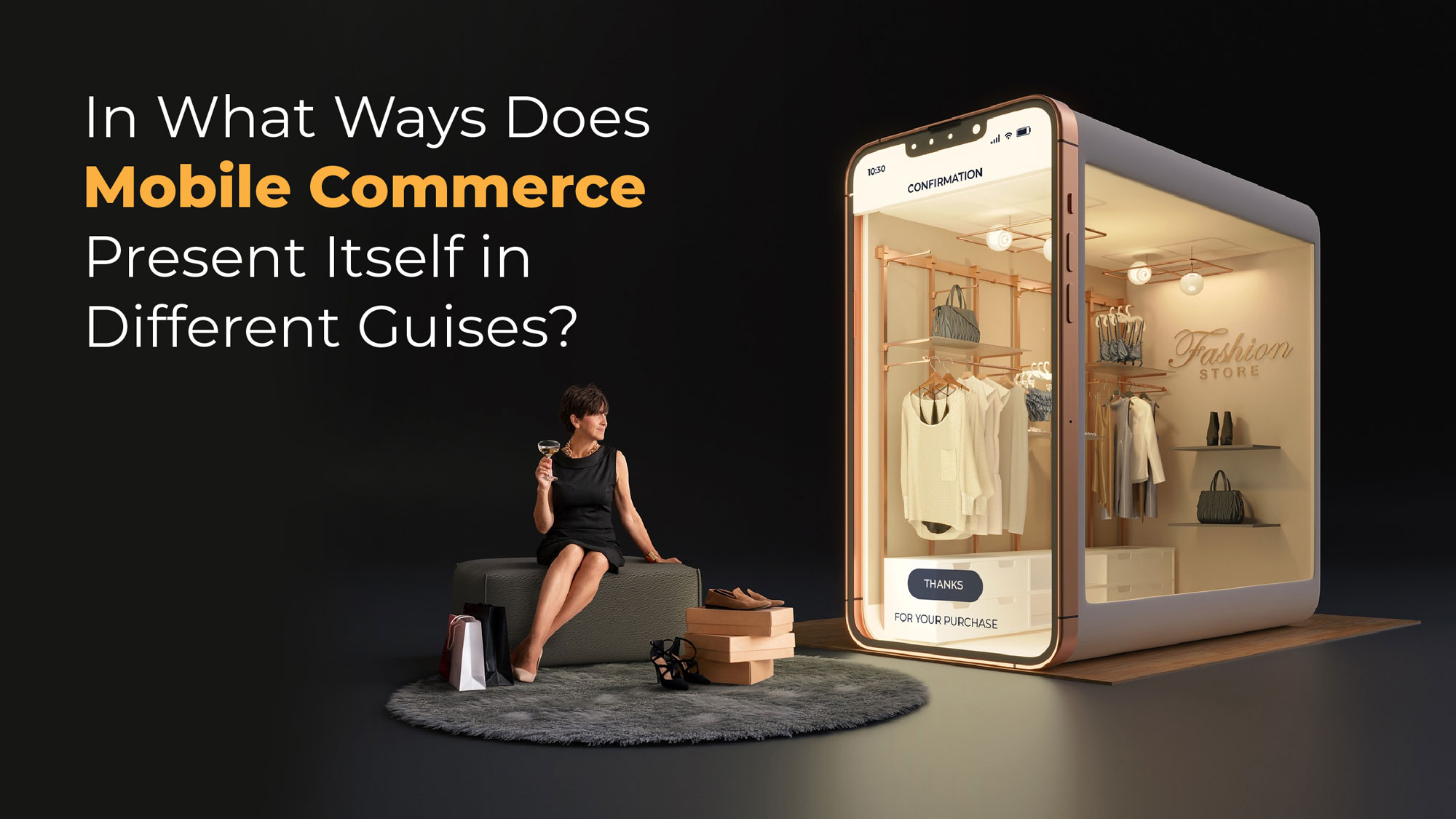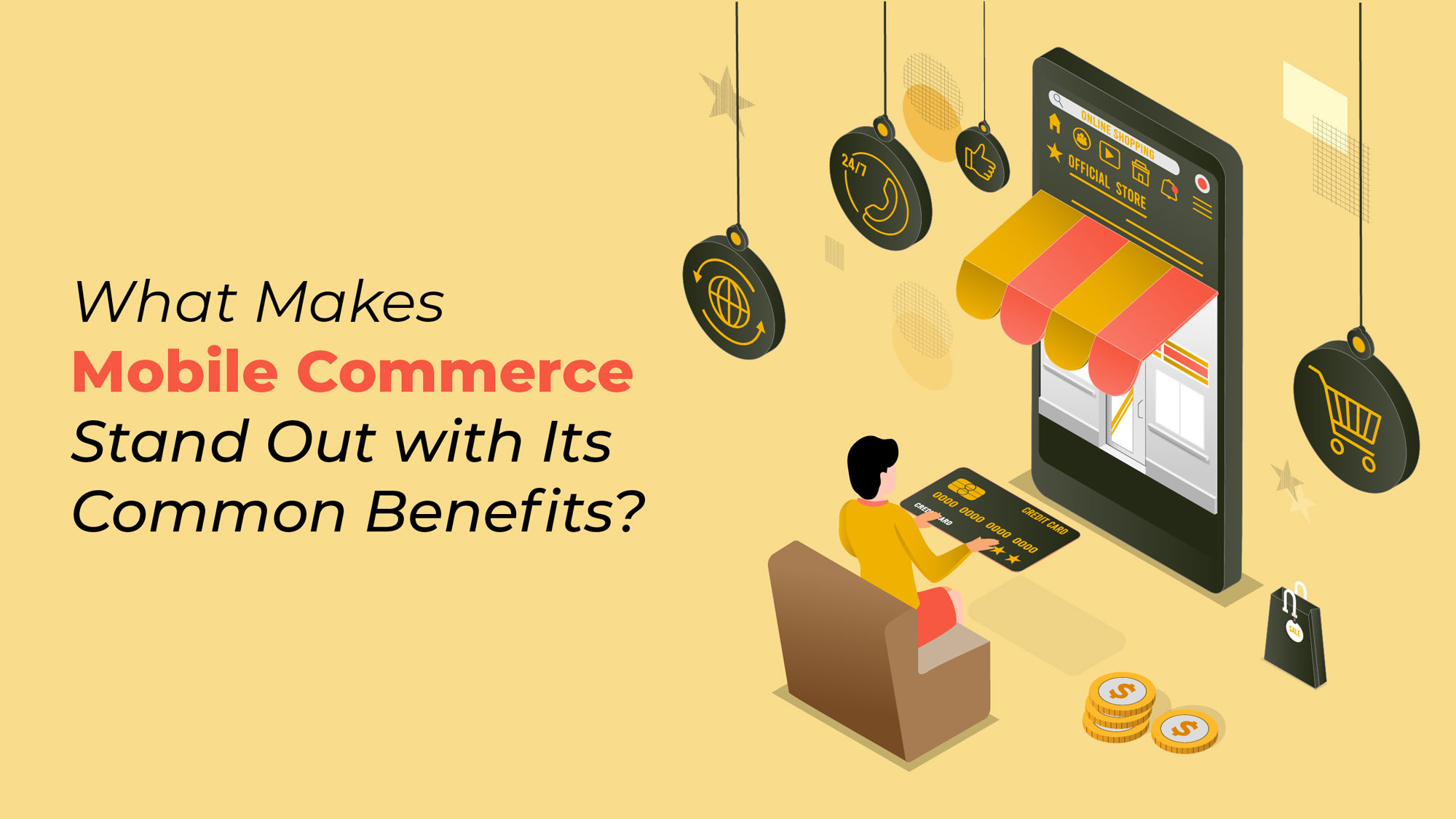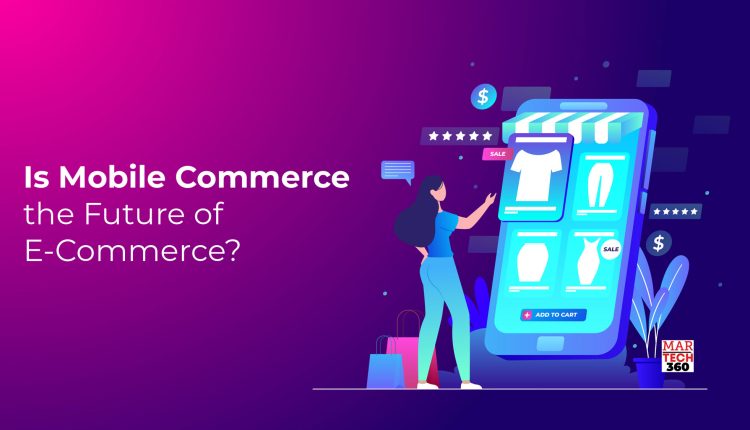You undoubtedly already know how important your smartphone is to your daily life if you’re one of the 6.378 billion people in the globe who owns one.
The majority of us, particularly Millennials and Gen Zers, carry our smartphones with us at all times. We watch our favorite TV shows on our phones and check social media before going to bed. They help us check our texts and emails in the morning and keep up with the day’s news.
And we use our smartphones throughout the day to carry out even the most basic duties, including paying payments, checking the weather, and finding our location.
However, in recent years, mobile devices have also grown in popularity as a platform for online purchasing. This is where mobile commerce comes into the picture.
What is Mobile Commerce?
Mobile commerce, commonly referred to as m-commerce, is any financial transaction completed on a mobile device, such as a smartphone or tablet.
The ability to buy and sell goods or services from virtually anywhere by utilizing a mobile phone or tablet is a breakthrough in e-commerce.
However, mobile commerce goes beyond being a straightforward development of electronic commerce.
Additionally, it has aided in the growth of previously existing industries and services or encouraged the emergence of new ones, including:
- Transfers of money via mobile devices.
- Electronic boarding passes and tickets.
- Delivery and purchases of digital content.
- Banking on the go.
- In-app purchases and contactless payments.
- Services based on location.
- Coupons, loyalty cards, and mobile marketing.
In What Ways Does Mobile Commerce Present Itself in Different Guises?

Although there is a vast variety of transactions included in mobile commerce, they may all be categorized into one of three groups:
-
Mobile shopping
Although available from your iPhone or Android, this is largely comparable to e-commerce. Through mobile-optimized websites, specialized shopping apps, and even social media platforms, mobile shopping is now available.
-
Mobile banking
Although there are some transaction types that may be limited or restricted on mobile devices, mobile banking is generally similar to online banking. However, several banks have begun experimenting with the usage of chatbots and messaging apps in place of traditional mobile banking software.
-
Mobile payments
Due to the wide variety of mobile payment alternatives available, we have decided to discuss each one in greater detail in the next section of this article.
Your exposure to and interest in mobile commerce as a business owner and BigCommerce user would likely center on payments and shopping, so that is what the rest of this post will address.
What Makes Mobile Commerce Stand Out with Its Common Benefits?

Larger companies like Amazon and Walmart may have been the only ones with the opportunity to create mobile apps in the past and migrate to mobile-friendly platforms, but as the cost of going mobile declines, more and more businesses are able to profit.
Therefore, whether you manage a small or large firm, keep reading to find out some of the key advantages of mobile commerce and how it may support business growth.
-
Enhancing Customer Experience
Shopping has changed dramatically since the introduction of e-commerce. Customers would be able to access a broader variety of products, rapidly compare prices, and buy from the comfort of their homes if they could shop from their desktop computers rather than going into a store.
The phone in their back pocket is now all that is necessary for buyers to carry out all of these tasks. They no longer even require a desktop computer.
Additionally, due to its very nature, m-commerce offers some features that e-commerce just does not have. Examples include:
- Mobility: Despite the fact that desktop computers are transportable, it’s doubtful that a shopper will always have a laptop with them. The majority of individuals, however, never leave the house without their smartphone, therefore m-commerce makes internet shopping much more practical.
- Reachability: Online shops may reach a bigger consumer base even while they are on the go by having the option to send customers SMS push notifications.
- Location-tracking: With the use of GPS and Wi-Fi, m-commerce apps and online shops can determine where users are in real-time, enabling the delivery of personalized and geo-targeted information.
-
Tremendous Room for Growth
The sector is still growing despite the fact that mobile commerce has a sizable user base now.
It was projected that 6% of all US retail sales in 2021 would come from mobile e-commerce. Nevertheless, Statista predicts that by 2025, m-commerce sales will account for nearly 10% of total US retail sales, an increase of 7% percentage points from 2018.
-
A Complete Omnichannel Experience
Selling both offline and online across several platforms, such as your e-commerce website, Amazon, eBay, Instagram, etc., in order to provide a smooth user experience and a consistent brand message across all touchpoints is known as omnichannel commerce.
Creating an omnichannel experience is more than that, though; it’s about going where your customers are and making it simpler for them to make a purchase.
Mobile devices are the ideal platform for omnichannel shopping since you can assume that the vast majority of your customers always have their phones on them.
-
Diverse Range of Payment Methods
Emerging mobile payment solutions have paved the way for a number of payment methods, including Apple Pay, PayPal One-Touch, Visa Checkout, and Amazon Pay, to make the purchasing experience simpler.
In the present day, numerous e-commerce platforms offer the convenience of one-click checkout, enabling users to input their payment details once and enjoy seamless transactions for all subsequent purchases.
Mobile Commerce on the Rise
It goes without saying that mobile commerce is a phenomenon that will not go away. Mobile shopping will probably become less of an option and more of a requirement for e-commerce businesses as smartphones become more and more integral to how we connect, get information, and now shop online.
While m-commerce represents only a fraction of the market, it’s crucial to note that maintaining an effective omnichannel strategy requires seamless integration of your mobile website or app with other channels, rather than treating it as an independent platform.
Always keep in mind that the main goal of mobile commerce is to meet your clients where they are and provide them with a convenient but memorable experience.


Comments are closed.